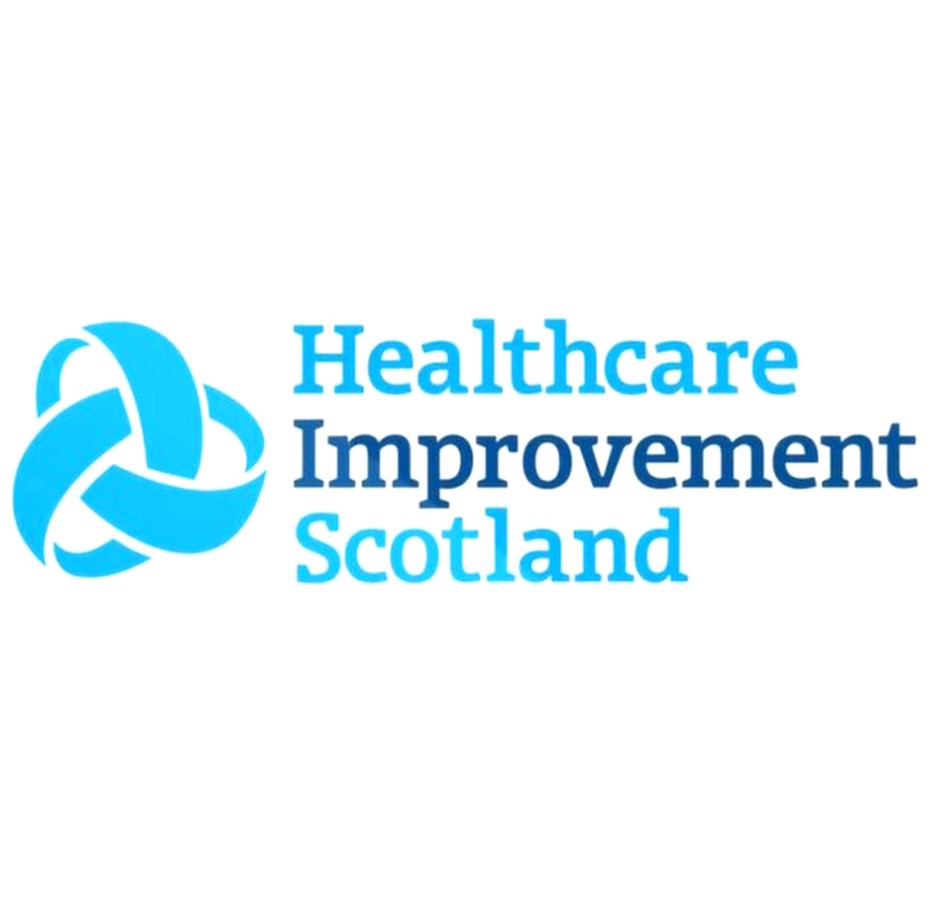Tables are best viewed in landscape mode on mobile devices
| Route | Preparation | Available strengths |
| Oral | Immediate release hydromorphone Palladone® capsules | 1.3mg, 2.6mg |
| Modified release (long acting) hydromorphone Palladone SR® capsules | 2mg, 4mg, 8mg, 16mg, 24mg | |
Immediate release† hydromorphone liquid |
10mg/ml (other strengths can be made on Unlicensed preparation but can be made to order (contact local non-sterile pharmacy production |
|
| Injection |
Palladone injection® Used as a subcutaneous infusion or as a subcutaneous bolus injection. |
2mg/ml 10 mg/ml 20 mg/ml 50 mg/ml Licensed preparation available via wholesalers (made by NAPP Pharmaceuticals) Non formulary in some NHS boards |
